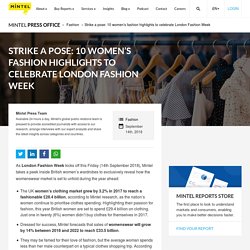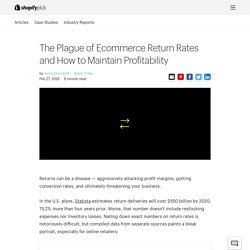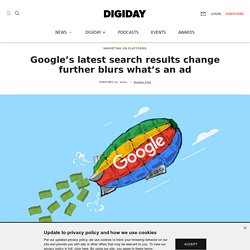

10 women’s fashion highlights for London Fashion Week. Available 24 hours a day, Mintel's global public relations team is pleased to provide accredited journalists with access to our research, arrange interviews with our expert analysts and share the latest insights across categories and countries.

Fashion September 14th, 2018September 13th, 2018 As London Fashion Week kicks off this Friday (14th September 2018), Mintel takes a peek inside British women’s wardrobes to exclusively reveal how the womenswear market is set to unfold during the year ahead: The first place to look to understand markets and consumers, enabling you to make better decisions faster. The UK women’s clothing market grew by 3.2% in 2017 to reach a fashionable £28.4 billion, according to Mintel research, as the nation’s women continue to prioritise clothes spending. Samantha Dover, Senior Fashion Analyst at Mintel, said: “Evermore demanding consumers want retailers to be more representative and body-positive in their campaigns.
. * 3 months to January 2018. Gen_Z_Equation.pdf. The Ultimate Guide to Marketing to Gen Z in 2019 [New Research] With Gen Z consuming content at a rate that was unheard of only a few years ago, how do you stay on top of trends and deliver the content they actually want, that doesn’t fall flat?
![The Ultimate Guide to Marketing to Gen Z in 2019 [New Research]](http://cdn.pearltrees.com/s/pic/th/ultimate-marketing-research-205477889)
Lisa Box of WP Engine, Inc. recommends, “To win with Gen Z, marketers have to evolve from informing to delighting, from celebrity to authenticity and from generic to predictive.” This means you can no longer simply tell Gen Z what you believe they need to know about your products, your services, or your company. Instead, focus on delighting them by delivering an experience straight to their email. Because your relationship with your customers, Gen Z or otherwise, isn’t about you. You should always craft your marketing and especially email marketing to deliver value straight to your subscribers.
This becomes even more true with Gen Z, who we know place a high value on identity. Remember, this generation has grown up on social media and has a better understanding of branding than some marketers. Takeaways. Three Things You Need To Know About Marketing To Gen Z Women. A new study suggests that marketing your brand to young women from Generation Z, (Gen Z) which includes ages 14 to 19, might require a fresh approach.

This new generation of young women were born into a world of connectivity, which makes them brand savvy, socially conscious consumers who are immune to online influencers. The study was published by Girl Up, the UN Foundation organization that I volunteer at, which works to empower young women worldwide. The findings are based on a survey of 3,500 young women aged 14 to 19 from the United States, United Kingdom, China, India, Spain, Mexico, and Colombia. “We really wanted to share what Gen Z girls think, how they respond and how they want the world to respond to them.
So, it very much was born out of this idea of sharing their message,” says Anna Blue, Co-Director of Girl Up. The report also highlights comparisons to previous generations. Social Impact Is The Key To Buying Power. The Plague of Ecommerce Return Rates and How to Maintain Profitability. Returns can be a disease — aggressively attacking profit margins, gutting conversion rates, and ultimately threatening your business.

In the U.S. alone, Statista estimates return deliveries will cost $550 billion by 2020, 75.2% more than four years prior. Worse, that number doesn’t include restocking expenses nor inventory losses. Nailing down exact numbers on return rates is notoriously difficult, but compiled data from separate sources paints a bleak portrait, especially for online retailers:
Google's latest search results change further blurs what's an ad. Users of Google search on desktops may have noticed a slight change over the last week and that change is affecting what they perceive as an ad.

This represents a further blurring of the lines between ads and organic sources in search. Beginning Jan. 13, Google redesigned its desktop search experience to feature favicons, or preferred icons. For organic results, users will see favicons, or a brand’s icon next to the url. For ads, they will see a bolded black ad label next to the url that looks similar to a favicon. This redesign first appeared in May on Google search for mobile devices. This isn’t the first time Google has changed the look of ads in search. “What an ad looks like has gotten more subtle over the years,” said Brooke Osmundson, associate director of paid search for NordicClick, a pay-per-click agency. The concept of banner blindness loosely applies here, said SEO consultant Bill Hartzer. Early results from NordicClick seem to support that theory.
Comsumers. Gen_Z_Equation.pdf. Gen_Z_Equation.pdf.